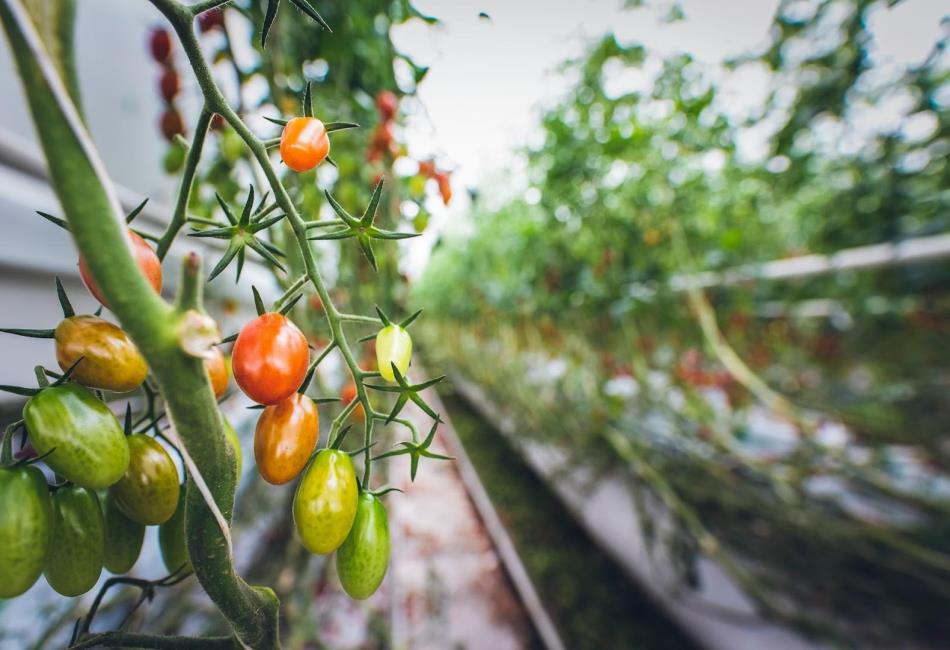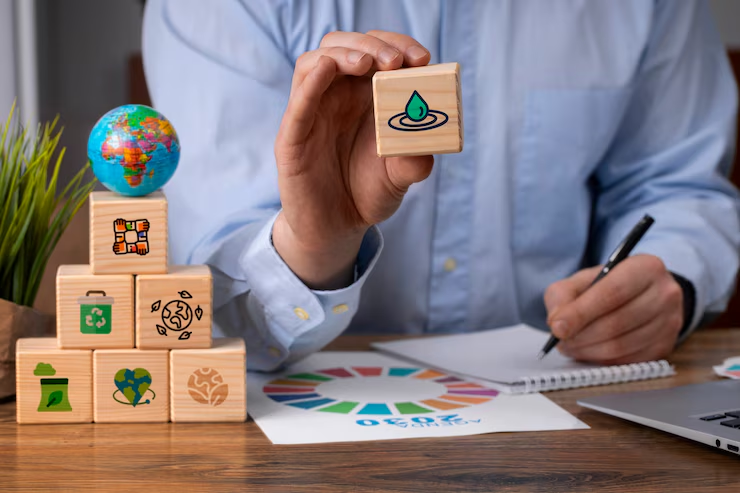Vertical hydroponic gardens are an exciting way to grow fresh plants in limited spaces. These gardens are perfect for apartments, small homes, or urban environments.
However, like any gardening method, there are common pitfalls that can hinder your success. When setting up a hydroponic wall garden, it is crucial to avoid several common mistakes that can compromise plant health and yield.
Here are 10 key mistakes to avoid.
1.Picking the wrong location
Choosing the right spot for your vertical hydroponic garden is crucial for healthy plant growth. Plants need sufficient light, proper temperature, and good airflow to thrive. Placing your garden in a poorly lit or drafty area can stunt growth or cause plants to wilt.
Most hydroponic plants require at least 6 to 8 hours of bright, indirect sunlight. If natural light is limited, invest in quality full-spectrum grow lights.
Good ventilation prevents mold and strengthens plants, but avoid placing your garden where it faces strong winds or sudden temperature changes.
Also, choosing the right location ensures your hydroponic wall garden gets the light and environment it needs to flourish, setting the foundation for a successful harvest.
2.Starting with too large a system
It’s easy to get excited and build a large, complex hydroponic wall garden right out of the gate. But bigger isn’t always better, especially for beginners. Starting with an oversized system can lead to unnecessary expenses, overwhelm, and maintenance challenges.
Ideally, as a beginner, you want to start small and manageable vertical system (4 to 6 plant sites) to learn the basics of nutrient management, lighting, and system care. Once you’re confident in maintaining your setup, expand your garden as needed.
3.Overcrowding plants
When setting up a hydroponic wall garden, it can be tempting to maximize every inch of growing space. But cramming too many plants into a small area leads to a range of issues. From poor airflow to nutrient competition, that can sabotage your garden’s success.
To avoid this mistake, follow spacing guidelines specific to each plant type, especially for leafy greens, herbs, or fruiting plants. Then, start with fewer plants than your system can technically hold.
Stagger plant heights and consider light needs to avoid overshadowing. And, of course, prune regularly to maintain airflow and shape.
4.Using the wrong growing medium
In hydroponic gardening, soil is replaced by a growing medium that anchors plant roots and helps deliver water and nutrients. Choosing the wrong medium can disrupt water flow, suffocate roots, or invite mold and bacteria.
Instead of traditional potting soil, use clay pebbles, coco coir, rockwool, or perlite (as a blend). Ideally, you want to match the medium to your system and plants. Always rinse and pre-soak your growing medium before use to remove dust or adjust pH.
5.Using the wrong nutrient solutions
In vertical gardening, your plants rely entirely on water-based nutrient solutions for survival. Using the wrong nutrients or using them incorrectly can quickly lead to poor growth, nutrient burn, or plant death.
Instead, try to use hydroponic-specific nutrient solutions. These are specially balanced for water-based systems and contain all essential macro and micronutrients.
Additionally, you should check your plant type. Leafy greens, herbs, and fruiting plants all have different nutrient needs. This means that you shouldn’t use a one-size-fits-all mix.
Also, change the nutrient solution regularly. Stale water can lead to salt buildup and bacteria growth, refresh every 1 to 2 weeks.
6.Overfeeding or underfeeding nutrients
In addition to using the wrong nutrients, people also tend to over- or underfeed on nutrients. In hydroponics, precision is everything.
As mentioned, plants rely solely on the nutrient solution you provide, so overfeeding or underfeeding can quickly cause stress, nutrient imbalances, or even plant death.
What you should do is use an EC or TDS meter to measure nutrient concentration accurately and follow recommended feeding guides. Also, make sure you stick to manufacturer-recommended dosages and adjust based on plant stage (seedling, vegetative, flowering).
7.Poor air circulation and ventilation
Hydroponic environments are prone to mold and fungal growth due to humidity. To improve circulation and ventilation, use fans strategically to keep air moving around your wall garden without blasting the plants.
As mentioned above, the location of your hydroponic garden is crucial. So, avoid placing the system in tight, enclosed corners, especially if it’s indoors.
Also, open windows or use an exhaust fan to bring in fresh air and remove excess heat or humidity. Keep humidity between 40 to 60% for most plants. Use a hygrometer and consider a dehumidifier if needed.
8.Overwatering or poor water management
Poor water management is one of the most common reasons hydroponic wall gardens fail. Without careful attention, your plants can suffer from root rot, nutrient imbalances, and oxygen deprivation.
To avoid overwatering, design your system so that excess water flows back to the reservoir without pooling.
Also, use timers for irrigation. Automate watering to avoid constant saturation—plants need a wet/dry cycle to thrive. Regularly replace or top up with fresh, pH-balanced water to maintain quality and nutrient consistency.
And remember, just because it’s hydroponic doesn’t mean “always wet.”
9.Forgotten system maintenance
Like any living system, a hydroponic system also needs regular upkeep to stay healthy and productive. Neglecting routine maintenance can lead to clogged tubing, algae buildup, nutrient imbalances, and plant failure.
To ensure your system functions well, check the water level, pH, and overall plant health. Also, keep an eye out for any clogs or leaks.
Additionally, make sure you regularly deep-clean the system, inspect all parts, and sterilize components like trays, tubes, and air stones.
10.Ignoring pest and disease prevention
As you now know, hydroponic systems aren’t immune to pests and diseases. That’s why you should inspect your plants regularly and use organic or hydroponic-safe pest controls when necessary.
Conclusion
With careful planning, attention to detail, and regular maintenance, your vertical hydroponic garden can flourish beautifully. Avoid these mistakes and enjoy fresh, homegrown produce or greenery year-round.








